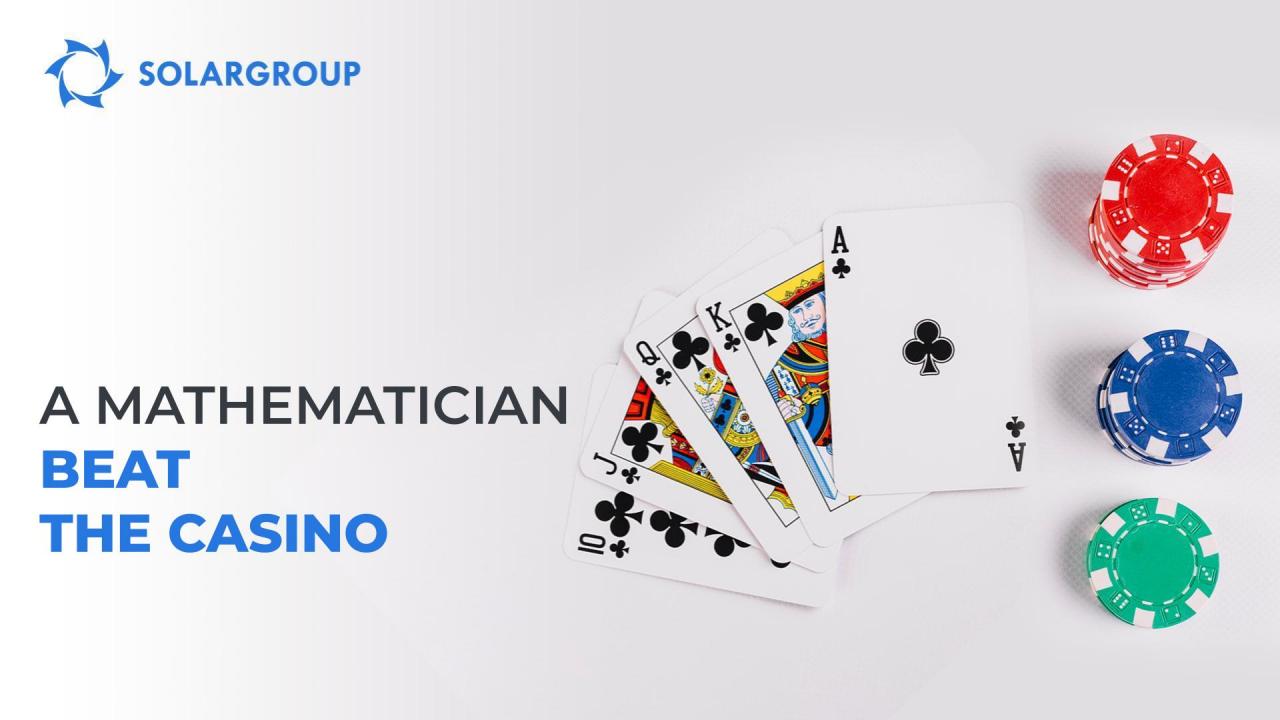
A mathematician made $800 million on Wall Street and beat the casino
Edward Thorp is a famous American mathematician who has become a true legend of the stock market and gambling. He was the first in the world to prove that it is possible to guarantee a win in a casino, and became the "father" of algorithmic trading on the stock exchange. His book on blackjack strategies "Beat the Dealer", which was published in 1962, is still a bestseller, and the recommendations it offers are relevant and effective.
While teaching at university, Edward Thorp did not want to remain an ordinary professor who passes on his knowledge to students. He began to seriously study the intricacies of roulette and blackjack, using his mathematical knowledge to predict the outcome of the game. Through various studies and experiments, he succeeded in developing a method of card counting that helped to track the progress of the game, increase the player's chances of winning and identify cheaters. Thorp even created a portable computer that calculates the position of the ball on the roulette wheel!
Later, the mathematician became interested in trading on the stock market and succeeded in this field, making an impressive fortune, which is now estimated at $800 million. This way Edward Thorp dispelled the myth that a scientist can't get rich.
Next – briefly about the most significant achievements of the talented mathematician:
1. Portable computer for playing roulette
In 1960-1961, the scientist, along with his colleague Claude Shannon, developed a device that analyzed the rotation of the roulette wheel and calculated the position of the ball. The player put a small "gadget" in his shoe and pressed a special button twice with his toe: when the wheel started to rotate, and when it made the first turn. The computer predicted where the ball would stop and sent a signal through the earpiece. The device showed high accuracy, but was technically imperfect, so scientists eventually abandoned its use.
2. The method of counting cards to win in blackjack
To create an optimal strategy of card counting, Edward Thorp used the IBM 704 computer of Massachusetts Institute of Technology (MIT) where he worked. He was able to determine that a player could assess their advantage in the game by tracking the ratio of the remaining cards to the dozens in the deck. Combined with the "Kelly criterion" that told you when to raise your bets, Thorp's method was highly accurate in predicting the outcome of the game.
3. Cooperation with millionaires against casinos
The scientist partnered with two multi-millionaires (Eddie Hand and Emmanuel Kimmel) to prove the effectiveness of their casino strategies. After training and face-to-face meetings, they went to Reno, where they toured several gambling venues. In each of the casinos, the "partners" swept the deck. The success of Thorp and his book "Beat the Dealer" raised a real panic in the casino world, and the mathematician himself became a persona non grata in these places. He was no longer allowed in the game rooms, and the dealers began to carefully monitor players who used Thorp's strategy.
4. Activity on the stock market
When the scientist was denied access to the casino, he became interested in trading on the stock market. Thorp was sure that mathematics would help him successfully predict the risks and earn a profit from investments. His first investments were unsuccessful, and he lost money several times. But then he studied the opportunities of investment warrants and, together with a professor at the University of California Irvine (UCI) developed a method for hedging risks. The joint model of the scientists ensured the income of 25 % per annum. In 1967, they published the book "Beat the Market" in which they outlined the essence of their theory and recommendations for investors.
5. Opening hedge funds
In 1969, Edward Thorp accepted a partnership offer from the broker Jay Regan and opened Convertible Hedge Associates hedge fund, later renamed to Princeton Newport Partners (PNP). Thanks to the scientific approach, the organization has become one of the most reliable and successful in the market. The fund made a profit even with a sharp drop in the quotes, proving that Thorp's risk assessment method is effective in the most difficult situations.
In 1991, PNP closed down, and in 1994, the mathematician, along with his partner Steven Mizusawa, opened Ridgeline Partners hedge fund. The company also became successful and lasted until 2002, maintaining an average profit margin of 20 % per annum. Noting the gradual decline in the fund's profitability, Edward Thorp decided to close it down.
6. Charitable activity
In 2003, the mathematician decided to support the research carried out by UCI (University of California Irvine) so he donated part of Berkshire Hathaway's shares to this educational organization. And a year later, he gave $10 million to study stem cells – after the government stopped funding this line of research. In 2018, Thorp presented the University with his archive with the results of various scientific studies and unpublished works.
Edward Thorp has become an outstanding example of a man who managed to change the world with the power of his mind and debunk the myth that a scientist cannot be a successful businessman.

